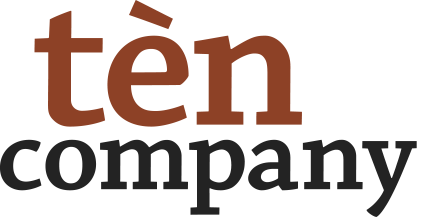Are personality tests the new office astrology?

In the fall of 2019, I was driving to the east of The Netherlands to pay a visit to one of my clients. Upon my arrival I reported to the reception desk and was seated in the waiting area, within hearing distance from the reception desk. I picked up the following conversation between the two receptionists. “You know, we did the …. test last week with our team, and it turned out that I’m definitely a yellow type of person!” Ah, said the other women: “And I am a red person. We had so much fun doing this test!”. Period. And without any further discussion both women continued with their work.
Personality tests are trending at all organizational levels these days. Many teams have discussed what color type they are by now.
Self-reflection is critical to be able to develop yourself and your teams. And personality tests can help. However, there are both serious pitfalls and opportunities to consider.
The biggest pitfalls:
- If you use a personality questionnaire, make sure that you know what the real science behind it is. Is there a relevant database and norm group behind it? What is the validity of the test?
- If you use more of a ‘fun tool’, present it as such to your people. Use it with caution and leave room for interpretation. It’s dangerous to present it as the truth. The results start to lead their own life. Things become a self-fulfilling prophesy.
- If the survey is just a very short set of questions, it’s possibly a red flag that you have to be extra cautious with the outcome.
- If the outcome is a color: it becomes very easy to turn people into caricatures. Be aware that this is an oversimplification of the reality.
- I’ve seen many times that people in the months thereafter start to respond like: ‘I’m red, just deal with it! That’s just who I am!”. It will only make changing people more difficult.
- Don’t get into kitchen table psychology based on light tests and color coding of people during a team building afternoon. Leave therapy to qualified therapists.
The opportunities:
- When people understand themselves and others better, it provides a first step to better team playing. Understanding is always step one and it’s a good way to start the conversation.
- Color coding a team is graphically attractive.
- An experienced facilitator can explore deeper with the team, based on the outcomes. Make sure that you work with someone with in-depth knowledge and proven skills.
- There are personality tests on the market that provide deep insight and reflection. The interpretation with the team takes more time. The outcome can be meaningful to develop the team and honors the soul of the individual.
Hope this inspires.
Paul Donkers
Paul Donkers is the founder of tèn company. A global boutique coaching and consulting firm founded in 2009. Every week they work with their clients to help them navigate through these challenging times. Paul has over two decades of experience in using Personality Questionnaires for development purposes. Let us know if you want to have a confidential conversation via This email address is being protected from spambots. You need JavaScript enabled to view it.






